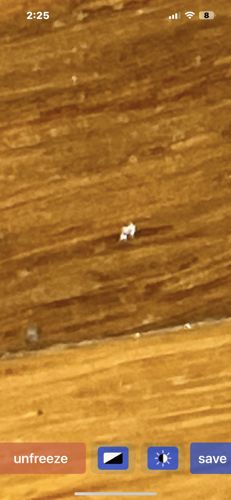Booklouse
Scientific Name: Psocoptera
Order & Family: Psocoptera (Order); typically Liposcelididae (Family) for common indoor species
Size: Typically 1-2 mm, very small and often barely visible to the naked eye.

Natural Habitat
Warm, humid environments, especially indoors in books, papers, stored food, and areas with mold growth. They thrive in damp conditions.
Diet & Feeding
Mold, fungi, starch-based materials (e.g., book bindings, wallpaper paste, flour, cereals), dried plant materials, and insect fragments.
Behavior Patterns
They are often seen scurrying quickly over surfaces. They are non-social but can gather in large numbers if food and suitable humidity are abundant. They have incomplete metamorphosis (egg, nymph, adult).
Risks & Benefits
Generally harmless to humans and do not bite or transmit diseases. They can, however, be a nuisance pest, causing minor damage to books, papers, and stored food. Their presence often indicates high humidity or mold issues in a building. They are not known to provide significant benefits.
Identified on: 9/10/2025